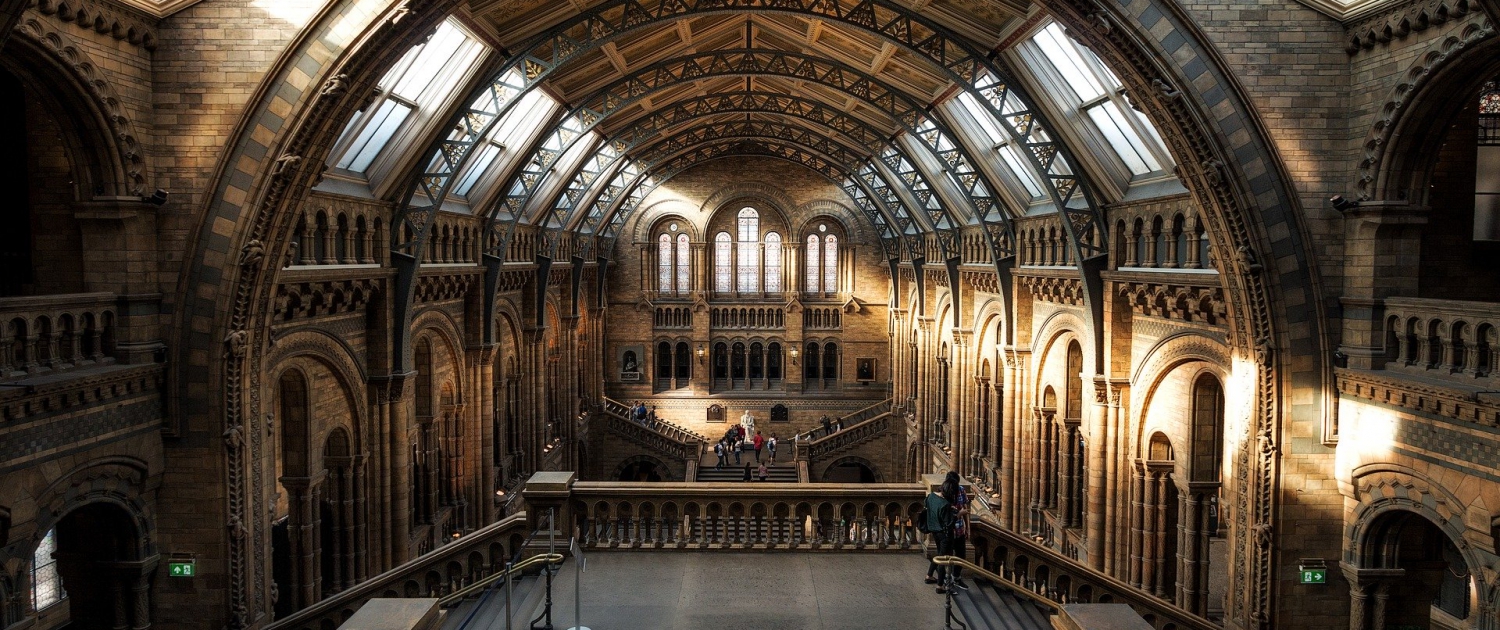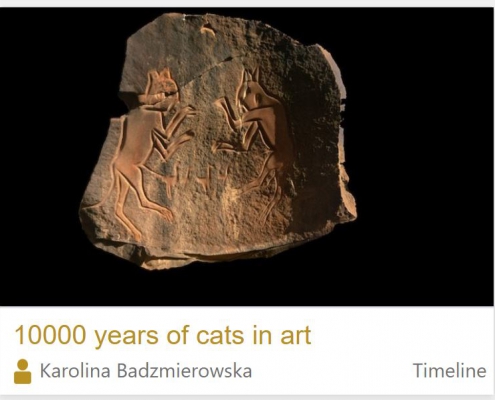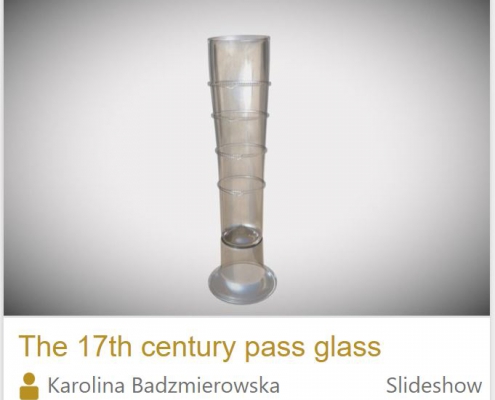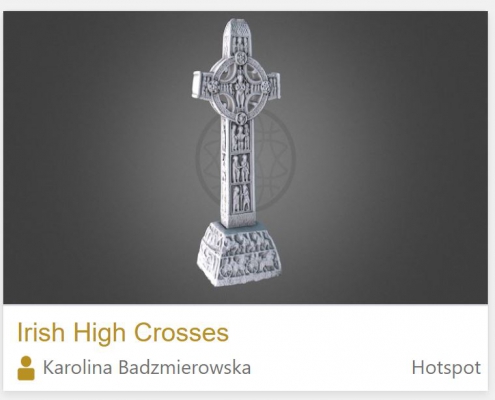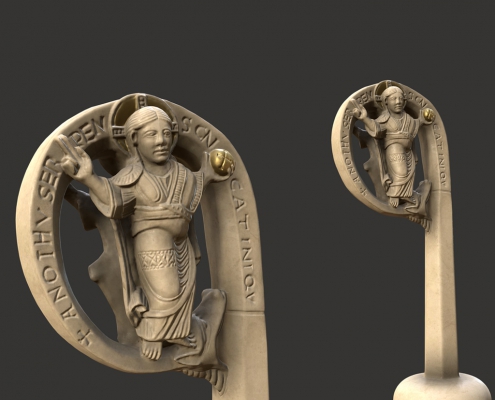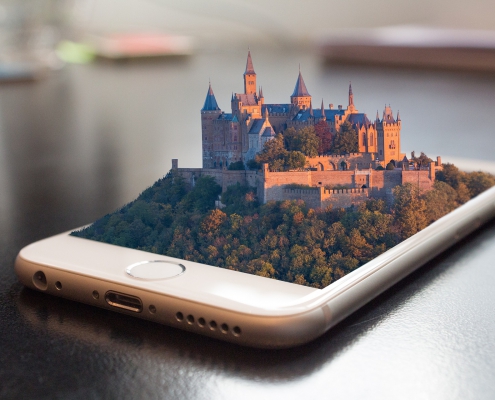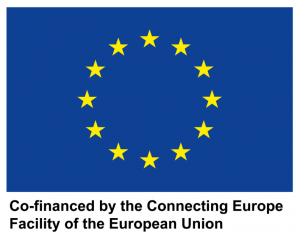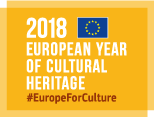Description
Target Audience
The Cultural Heritage Institutions audience includes:
- GLAM sector (Galleries, Libraries, Archives and Museums) of all sizes (national, regional, local, independent, site museums and special collections) who are commissioning, creating and using 3D models and sharing their content on / using Europeana
- Professionals involved in working with cultural and heritage sites who create content, promote culture, curate exhibitions, manage collections and develop educational programmes
- Policy-makers including governmental bodies involved in designing and promoting cultural policies on a European and national level. These partners can help grow awareness of Europeana among cultural heritage institutions and encourage sharing their collections on Europeana portal
- Cultural and heritage NGOs and associations, who can help raise awareness through their online portals and reaching educators across Europe
Envisaged Dashboard scenario for this audience
The Dashboard is designed with cultural institutions in mind who are uploading 3D models of objects from their collections, monuments and buildings to Sketchfab. 3D digitisation is supporting documentation, conservation, exhibition and education strategies.
The Dashboard allows cultural heritage institutions to create the metadata needed to share their 3D models uploaded on Sketchfab with Europeana. The envisaged scenario is that the institution imports its 3D models to Sketchfab and then uses the Dashboard to add all the metadata required by Europeana. This process is facilitated by the tool which, once connected with a user’s Sketchfab account, copies the metadata for a model available on Sketchfab to the Dashboard where users can then add to and enrich the metadata for Europeana. After adding the required metadata, the 3D models can then be submitted by the users for provision to Europeana. The Dashboard makes it much easier for cultural institutions to share details of models they are uploading on Sketchfab with Europeana.
For example, a cultural heritage institution wants to share its 3D models on Europeana. A version of the 3D models is hosted on Sketchfab. Without the Dashboard, the cultural institutions would need to manually create a metadata record duplicating the details entered on Sketchfab plus the links needed to embed the model and other information needed for Europeana, and then export this record for submission to an aggregator for provision to Europeana. With the Dashboard, the institution is offered a much more efficient process as they are able to capture any information uploaded to Sketchfab automatically and are provided with a user-friendly tool to capture the additional metadata needed for Europeana. The Share3D Dashboard is integrated with the CARARE aggregator, which means that the metadata record can be submitted directly to Europeana without any additional work on the side of the cultural institution. Another benefit for cultural institutions is that the Dashboard has been built with metadata quality in mind. It enables cultural institutions to exploit Linked Open Data resources easily, and secures the quality of the metadata for Europeana.
Overall, the Dashboard is particularly beneficial to the cultural sector which is increasingly present on Sketchfab. Allowing for more efficient submission of 3D models to Europeana while preserving the metadata quality is of great benefit and can help the sector to share the collections more widely.
Use of the Storymaker for this audience
Cultural heritage institutions can use the Storymaker to create stories using their collections as well as linking to the others across Europeana and Sketchfab. The stories then can be shared online in order to tell the stories of the artefacts, people, places and events; promote collections; and grow awareness of the cultural heritage.
Examples of the use of the Storymaker by Cultural heritage institutions include:
- An online exhibition designed to accompany a physical one and/or to provide an alternative to physical access to the exhibition. This scenario allows the content creators, curators and exhibition designers to easily compile the material and exhibit it in an interactive and attractive way that can be deployed on digital devices (e.g. desktop, mobile, and potentially touchscreen).
- An online timeline can provide another way of showcasing the history of a monument, building or area, or even of an individual institution. This scenario allows the content creators to select archives available in Europeana or Sketchfab to illustrate the timeline.
- A digital story to accompany a catalogue entry for an artefact. This scenario could help to build a narrative around an object and tell its history, that can be easily shared online
An example of this scenario is the online exhibition of High Crosses. They are the most iconic and artistically significant stone monuments of medieval Ireland, which survived in situ on monastic sites (a few are held in museum collections). For a cultural heritage institution, they can be a challenging subject to exhibit due to the fact that they are not possible to remove from their sites. In 2010 the Irish High Crosses Exhibition at the National Museum of Ireland brought together casts of 6 plaster High Crosses along with a selection of Irish early Christian treasures. It was a temporary exhibition and ended in 2011. Despite its great success, there has not been any other major exhibition of the Irish High Crosses since. At the same time, the advance in 3D technologies in the past decade made it possible to create digital 3D models of many of the Irish High Crosses (for example through the 3D-ICONS EU project http://www.3dicons.ie/) and digitisation of collections has made hundreds of relevant Irish High Crosses materials to become accessible online through Europeana. With the Share3D Storymaker it is possible to re-use these abundant digital resources to exhibit the Irish High Crosses online in an easy and visually attractive way, for example by exploring each cross and its decorative motifs in detail.
Another scenario could involve a museum organising an online exhibition to put their objects in context. One of the objects in its collection is a 17th century pass glass, an unfamiliar object which is difficult to engage the visitors with. The glass is enclosed in a display with numerous examples of European glass objects and is accompanied with a short label with description, origin, etc. The curators would like to put it in the spotlight to help visitors understand the object in the context of 17th century society and material culture. The Storymaker tool could be used to help with that – the story could appear on the museum’s website as an addition to the exhibition, and in situ – on a touchscreen / tablet provided next to the object.
In general we envisage that museum curators and exhibition organisers will use the Storymaker to improve museum experiences for visitors. While 3D models allow visitors hands-on interaction with realistic 3D copies of artefacts, the Storymaker allows curators to add context and to depict objects in their historical context.

